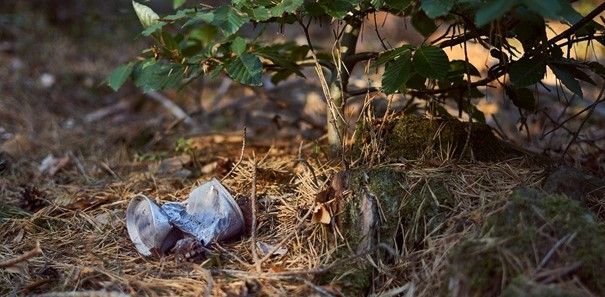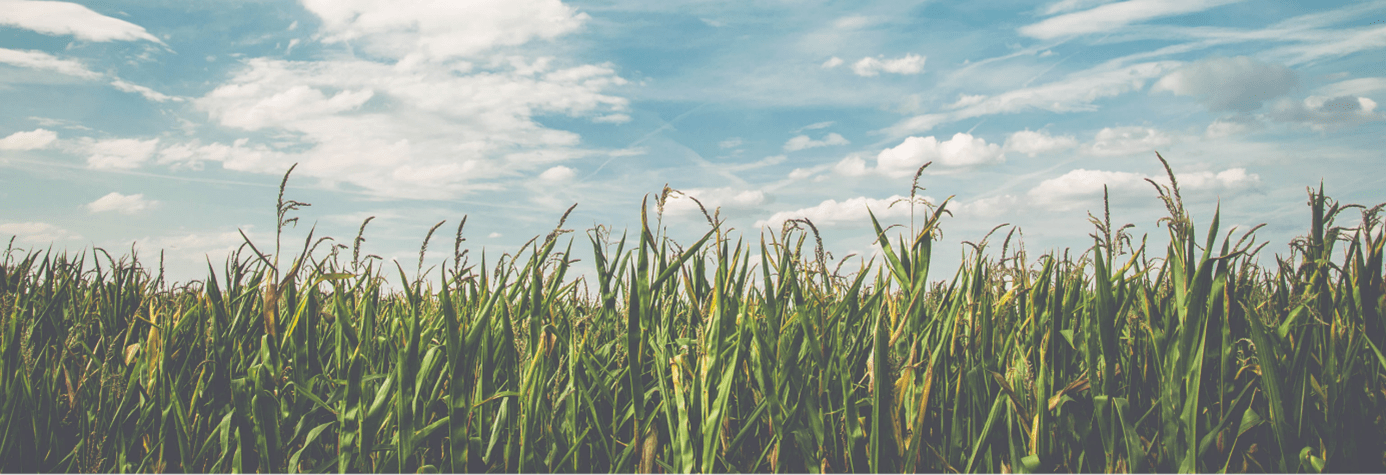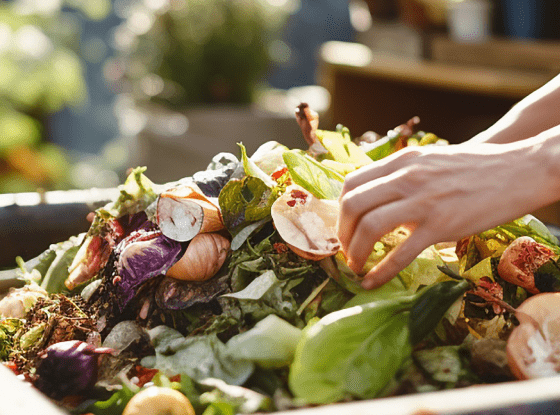The word “bio” in bioplastic gives the impression that it is better or more environmentally friendly than regular plastic. But is it true? What exactly is bioplastic, anyway? What differences are there and why you should not dispose of it in the bio garbage can? Find out here.
What is bioplastic made of and what are its types?
Bioplastics are not uniformly defined and the term describes a variety of polymers. One speaks of bioplastics or plant-based plastics when these are made from natural and renewable raw materials derived from corn, sugar cane, wheat, or potatoes (“biobased”) and/or are “biodegradable.” This means materials that are produced organically, but are not biodegradable, also fall under the category of bioplastics.
What is bioplastic made of and what are its types?
Bioplastics are not uniformly defined and the term describes a variety of polymers. One speaks of bioplastics or plant-based plastics when these are made from natural and renewable raw materials derived from corn, sugar cane, wheat, or potatoes (“biobased”) and/or are “biodegradable.” This means materials that are produced organically, but are not biodegradable, also fall under the category of bioplastics.
Another misconception that arises with the word bioplastic is that it is free of petroleum – in contrast to conventional plastics. However, materials that are biodegradable in theory but are made of petroleum are also considered bioplastics. Thus, three main groups of bio-plastics are created:
.

Bioplastics, like conventional plastics, are found in a wide variety of products. E.G.: Disposable tableware, food packaging, bottles, films or plastic bags. But you can also find them in the form of microplastics in cosmetics or cleaning products, too (PLA).
How to recognize bioplastics?

Bioplastic products are usually labeled. Just like on other products or packaging made of plastic, you can find the recycling code, marked with the number 7 in the case of bioplastic. Other features can be references such as “biodegradable”, “bio-based”, “plant-based” or “compostable”.
What is the difference between “biodegradable” and “compostable”?
Definition of the German Institute for Standardization (DIN): “Biodegradability includes the property of a substance to be decomposed by microorganisms in the presence of atmospheric oxygen to carbon dioxide, water, biomass and minerals, as well as under exclusion of air to carbon dioxide, methane, biomass and minerals, whereby no time period is defined.”
This means that “compostable plastics” are biodegradable, but only under certain conditions and in a certain time window. Such plastics must be decomposed in an industrial composting plant at about 60 degrees in no longer than twelve weeks.
The WWF criticizes: “The biodegradability or compostability of bioplastics is currently still a theoretical option. In practice, there is in Germany – as in most parts of the world – still no bioplastic composting system on an industrial scale.”
Also the German Environmental Aid assesses such terms as misleading.
Disposal and recycling of bioplastics
The indication “biodegradable” or “compostable” gives the impression you can dispose of the product or packaging in the bio garbage can. The opposite is the case – bioplastic packaging like other conventional plastic packaging belongs in the yellow bin.
Because the biodegradability or compostability of bioplastics is currently still only a theoretical option. In practice, waste recycling systems in Germany are not designed for this. If bioplastic ends up in the bio bin, as sometimes happens with biowaste bags, it gets sorted out and incinerated. However, the extra effort that results from sorting them out also contributes to higher energy expenditure – and thus to more CO2 emissions.
So far, only bio-based plastics that have the same chemical structure as their petroleum-based counterparts can be recycled. Biobased PET bottles, for example, can be recycled with PET bottles. Unfortunately, things look bad for other bio-based plastics. Because sorting plants are not designed for these plastics and therefore they usually end up in the energy recovery, meaning incineration plant.
Disadvantages of bioplastics
- Plastic from renewable raw materials does not sound bad at first, because petroleum is a finite resource. However, the raw materials needed to produce bio-based plastics are in competition with food production. Because of these non-edible renewable raw materials, valuable land is lost for the cultivation of food.
- These plant raw materials do not always come from sustainable cultivation. That can lead to the acidification of the soils. The consequences: the formation of humus is hindered, the soil structure is destroyed, then drying out follows, and finally small animals and insects die.
- Danger of greenwashing (exaggerated or false environmental claims): The terminology around bioplastics can be misleading, as most consumer:s equate “organic” with bio compost. This leads, for example, to garbage bags made of bio-plastic being disposed of in the compost.
- Very few types of bioplastics can be recycled.
For flustix, bioplastic is and remains plastic
flustix does not certify products or packaging made from bioplastics as “plastic-free”. flustix treats bioplastics made from renewable resources (e.g.: bio-polyethylene) or degradable materials (e.g.: PLA) as conventional plastics. Bioplastics are (at least currently) not the solution to the problem, but only a shift. The motto is: Responsible and reduced handling of plastic and resource conservation through a functioning circular economy.
You can learn more about bioplastics here.
Do you want to learn more about flustix seals?
Contact us now! We will gladly advise you.
 English
English Deutsch
Deutsch






